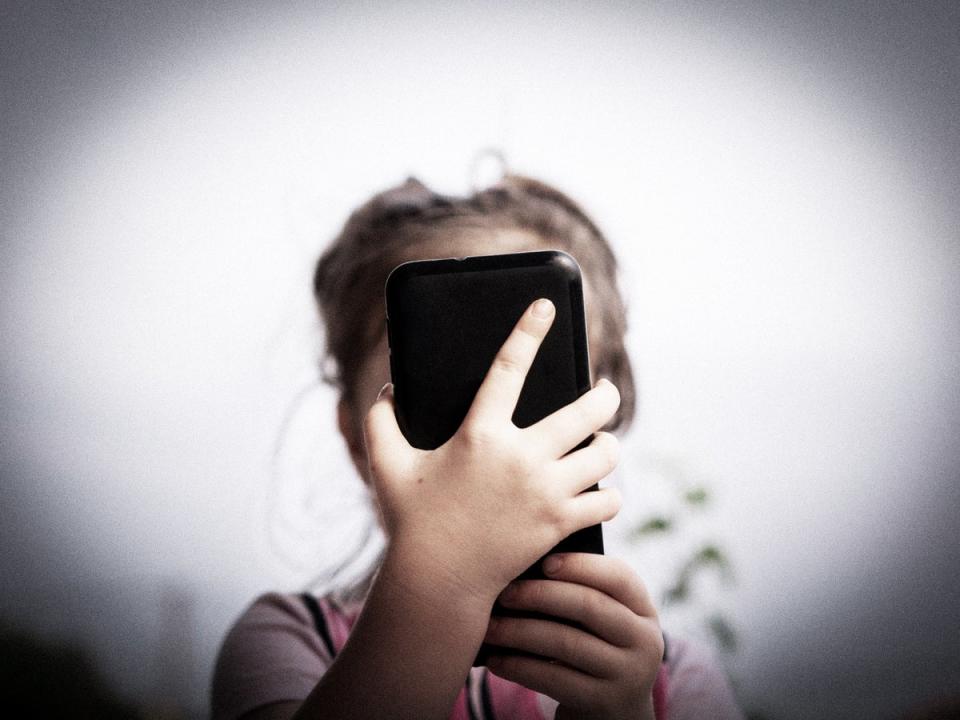Fights, stabbings, child sex acts – the brutal footage vulnerable young people are viewing on Snapchat

Graphic videos showing violent fights, stabbings, and sex acts involving children are being viewed by vulnerable young people on social media network Snapchat, new research has found.
Researchers spoke to 13 children living in deprived areas across the UK to try and understand what young people are seeing on social media and how it affects them.
They found that large group chats, as well as the app’s ‘Quick Add’ function, which suggests people to be friends with, were being used to disperse graphic content widely.
One 14-year-old girl who lives in London under the care of a foster parent said she sees violent or sexual content on Snapchat every day, sometimes several times.
She said she had been sent explicit pictures by strangers since the day she first downloaded the app. She said it disturbed her initially, but now she is so used to it that “it doesn’t really faze you any more”.
She also described one Snapchat group that involves around 60 children from her school. Members post videos or photos of people having fights, performing sex acts, or holding weapons, she told researchers.
She continued: “A boy raped a girl and videoed it, and sent it around Snapchat and elsewhere. And then I realised it was near the baseball courts, because literally there is only one type of bush in this area. It got sent around everywhere. And then people started blaming the girl, saying it was the girl’s fault, but it wasn’t really. I think it was on the news as well. She was 13 and he was older.”
Recently, someone shared a video of a man in a balaclava with his legs and arms tied together, she added. The report described the man having his neck slit with a zombie knife by another man. In the clip, the perpetrator, who had a local accent, said: “This is what happens to all the people that give chat.”
A 14-year-old boy living in Glasgow described how he frequently viewed fight videos from his local area on Snapchat. They ranged from one-on-one fights to group fights with 15 people, he said. “Sometimes some people will get slashed [stabbed]. Sometimes some people will get hit in the head with a hammer, a brick, a baseball bat, a cosh... sometimes they’ve got big ninja swords,” he said.
A 17-year-old living in north London described how he frequently saw Snapchat posts advertising weapons or drugs. “I’ll probably see three to six posts about it per week. They just lay it down on a bed or something. A lot of knives or knuckledusters, with the money sign and the amount it is. And then [it] just says, ‘Text me if you wanna buy it.’”
A 15-year-old girl living in Manchester said that Snapchat videos are used to publicly shame and punish people. Dedicated accounts also share local gossip and drama, she said. These tend to be focused on fights, violence, or sexual content and nudes. The girl’s youth worker told researchers about one such video, of a 16-year-old boy who was badly beaten up as a punishment for something he had done to someone else. The video, they said, was widely shared on Snapchat.
The youth worker said: “There was a lot of blood. It was really graphic. We saw him afterwards and he was battered and bruised. This made its way all around Snapchat – everyone that knew him had seen it.”
Damon De Ionno, managing director of research agency Revealing Reality, which carried out the interviews from October 2022 to April 2023, said that Snapchat was being used by some people to arrange and amplify fights.
“For certain demographics – young, urban, disadvantaged – it serves as the local news,” he said.
Anna Edmundson, from children’s charity NSPCC, said the report’s findings were “extremely worrying”.
“Our own research has found that Snapchat has become one of the most commonly used platforms by offenders, with 43 per cent of all child sexual abuse material online being shared through the platform,” she said.
Barnado’s chief executive Lynn Perry said: “Since the cost of living crisis began, we have been supporting girls who have been coerced into selling indecent images of themselves on Snapchat.”
She added: “The Online Safety Bill must protect children from this harmful content to ensure they are unable to access content that is both dangerous and age-inappropriate for them.”
A Snap Inc spokesperson said: “This content has devastating consequences for young people and there is no place for it on Snapchat. If we find content like this, we remove it immediately and take appropriate action. We regularly review our features to help make Snapchat a safe, positive experience, and continue to work closely with charity partners, safety experts, NGOs and police to tackle it.”
If you are a child and you need help because something has happened to you, you can call the NSPCC free of charge on 0800 1111. You can also call the NSPCC if you are an adult and you are worried about a child, on 0808 800 5000. The National Association for People Abused in Childhood (Napac) offers support for adults on 0808 801 0331

 Yahoo Sport
Yahoo Sport 





































